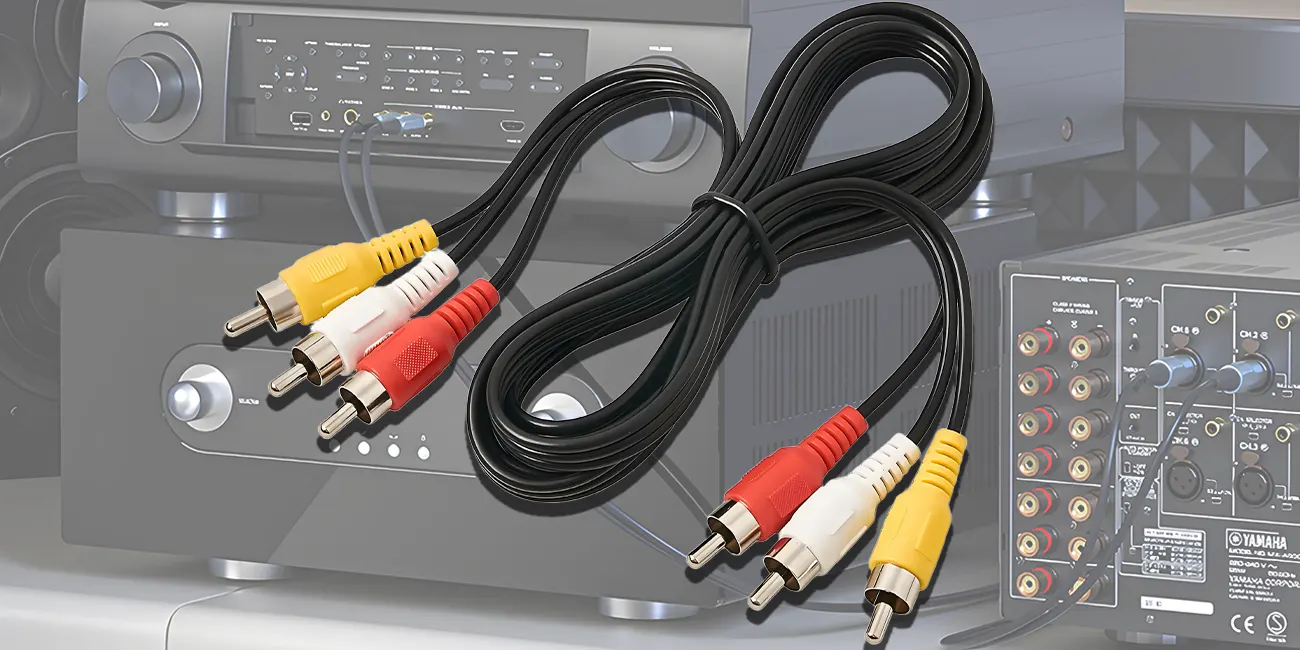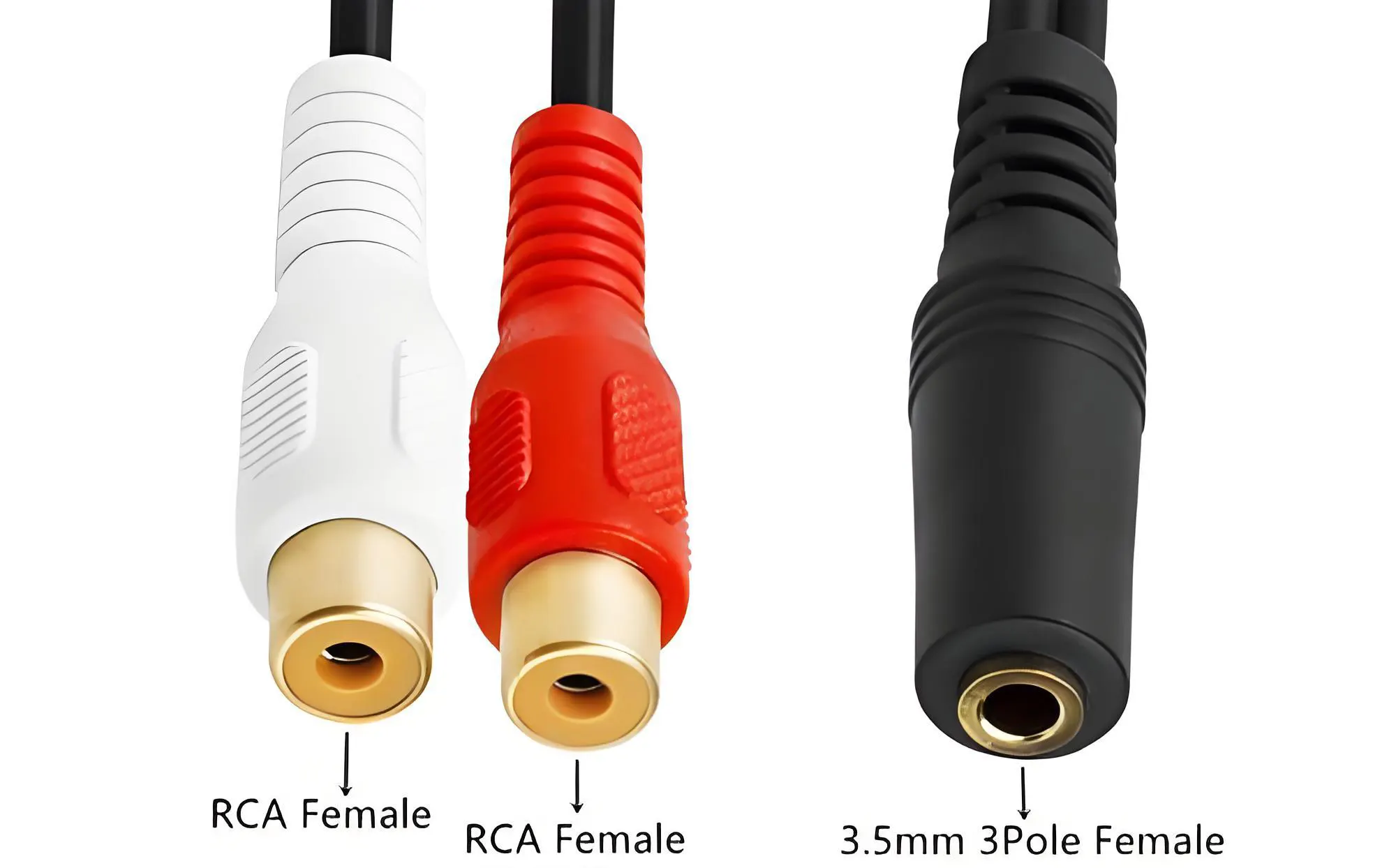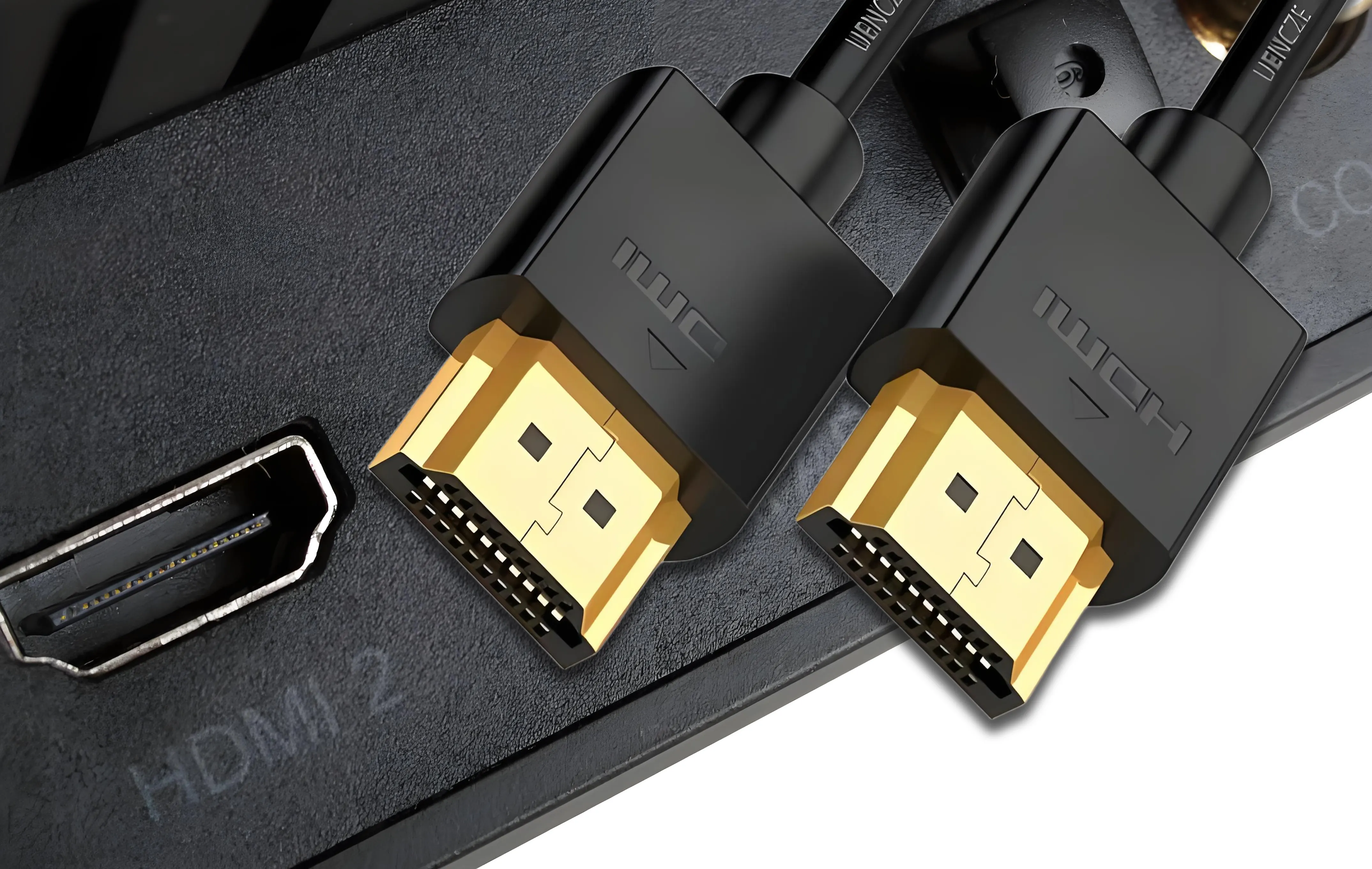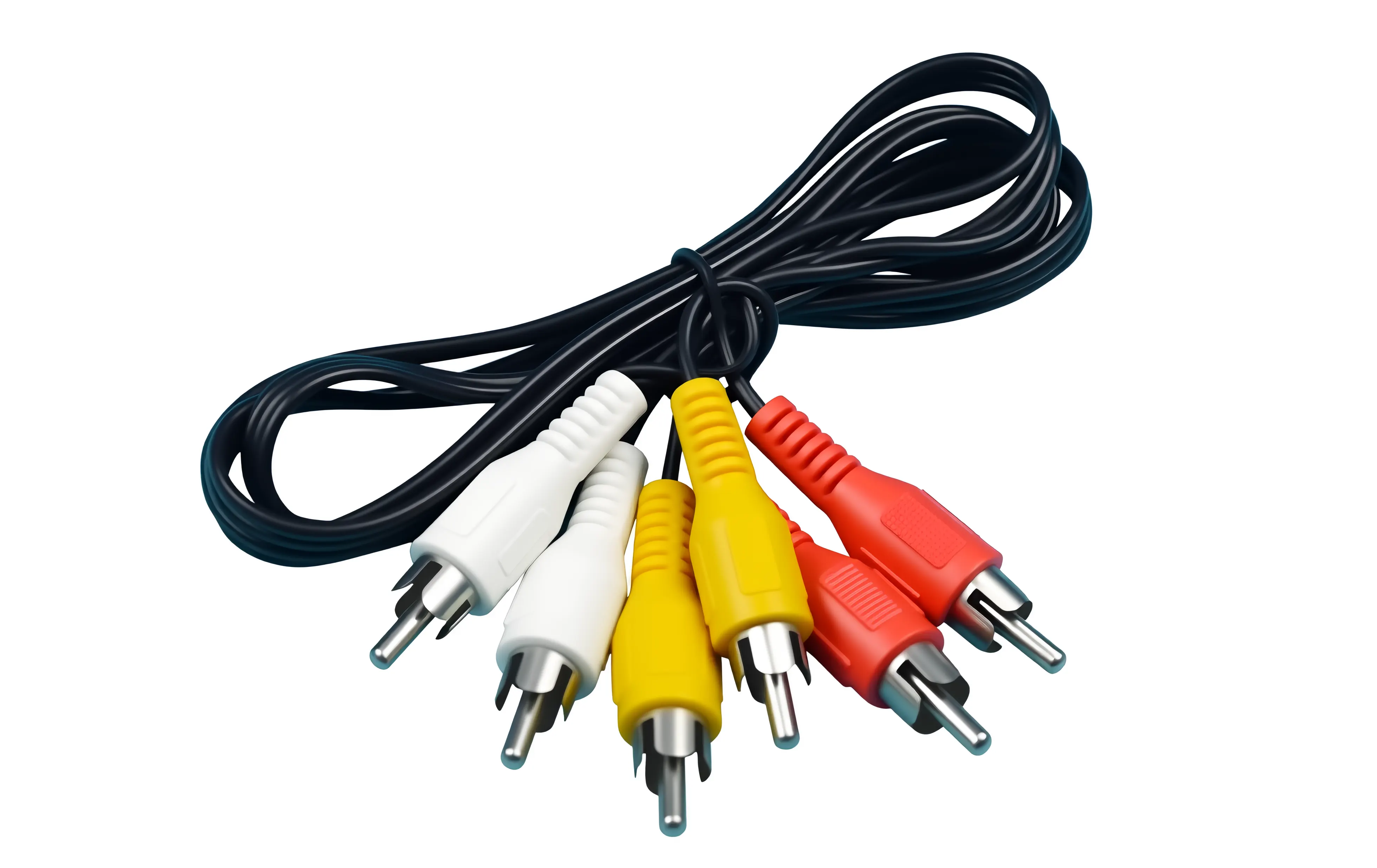
By quanyu lee
2025-08-25 01:33:19
RCA Cable Analysis: Types, Applications, and Differences
In the field of audio and video transmission, RCA cables are one of the most common and classic connection methods. Whether it's home theaters, traditional TVs, DVD players, or professional sound systems, RCA cables, thanks to their stability and compatibility, have become an essential choice for connecting devices. Although digital interfaces like HDMI are becoming increasingly popular, RCA cables are still widely used for analog signal transmission and in some digital scenarios. This article will delve into the definition, types, and applications of RCA cables, as well as their differences from other cables like HDMI and AV, to help you better understand this classic transmission medium.
1. What is an RCA cable?
RCA cables are common audio and video transmission cables, originally developed by the Radio Corporation of America (RCA), hence the name "RCA." They typically consist of one or more wires and feature a round plug with a center pin for signal transmission and an outer metal ring for grounding. Due to their simple construction and low cost, RCA cables are still widely used in devices such as audio systems, televisions, and DVD players.

2. Are RCA cables analog or digital?
RCA cables can transmit both analog and digital signals. The most common RCA connector is used for analog audio and composite video, while digital signal transmission is more common over coaxial digital RCA cables. In practice, analog RCA is more commonly used for traditional equipment, while digital RCA is used in high-fidelity audio and home theater systems.
3. Various types of RCA cables
Common RCA cables mainly include:
- Composite video RCA cable: Yellow plug, carries analog video signals.
- Stereo audio RCA cable: Red and white plugs, carries left and right audio channels.
- Component video RCA cable: Red, green, and blue plugs, carries higher-quality analog video signals.
- Coaxial digital RCA cable: Single orange plug, supports digital audio transmission.

4. Application fields of RCA cables
RCA cables are widely used in home entertainment and professional audio and video systems, including:
- Connecting TVs and DVD players
- Connecting game consoles and sound systems
- Connecting home theater equipment
- Professional audio recording and mixing equipment
Although HDMI has gradually replaced RCA in high-definition equipment, RCA cables are still indispensable in older equipment and some professional fields.
5. Differences between RCA and HDMI cables
- Signal Type: RCA primarily transmits analog signals, while HDMI transmits digital signals.
- Audio and Video Integration: RCA typically requires multiple cables to transmit audio and video separately, while HDMI delivers high-quality simultaneous audio and video over a single cable.
- Definition and Bandwidth: HDMI supports high-definition video and multi-channel audio, while RCA has limitations in resolution and sound quality.
6. Can I convert HDMI to RCA?
Yes, but it requires a dedicated HDMI to RCA converter. Since HDMI is a digital signal and RCA is mainly an analog signal, the signal format needs to be converted between the two, and cannot be directly connected through a simple connector.

7. What is the difference between RCA and AV cables?
In many cases, RCA cables and AV cables are synonymous. AV cables typically refer to the three-color RCA cables (red, white, and yellow) that connect composite video and left and right audio channels, while RCA is the name of the connector. In other words, all AV cables can be considered a type of RCA cable.
8. Factors affecting RCA cables
- Cable Quality: RCA cables with copper cores and gold-plated connectors offer better interference resistance.
- Shielding Design: Good shielding reduces electromagnetic interference and improves signal stability.
- Length: Excessively long RCA cables may cause signal degradation.
- Usage Environment: In high-interference environments, choose cables with a high shielding rating.

9. FAQ Frequently asked questions about RCA cables
Q1: Can RCA cables still be used with modern devices?
A: Yes, but they require a converter to be compatible with new interfaces like HDMI.
Q2: Do RCA cables support HD signals?
A: Standard RCA cables do not support HD video. Component RCA cables can transmit 720p or 1080i, but for 4K quality, HDMI is recommended.
Q3: Where can I get custom RCA cables or special wiring harnesses?
A: For projects with special requirements, custom wiring harness factories like Kaweei offer professional cable design and customization services. We can tailor RCA cable solutions to the interface and performance requirements of different devices.

10. Conclusion
RCA cables, a classic audio and video transmission method, have been gradually replaced by HDMI in the high-definition digital era. However, thanks to their simple, reliable construction and wide compatibility, they still play a role in many home entertainment and professional audio applications. For users who require compatibility with legacy devices, RCA cables remain an indispensable option.



